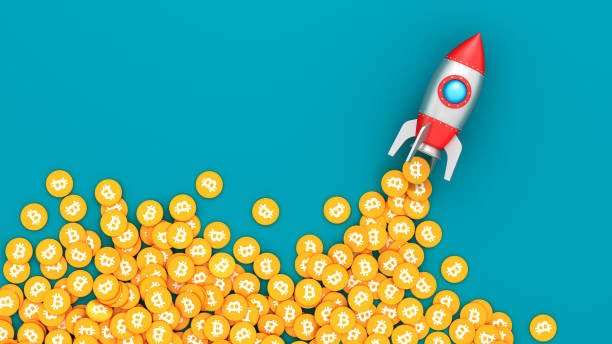Despite rising debt servicing costs, an ongoing battle with inflation, and a bleak economic outlook, markets, especially in Europe, show no signs of falling. For instance, the STOXX Europe 600 Index has surged over 9.6%, and the German DAX by an astonishing 17% on the year to date basis.

Is this another bubble?
Better-than-expected earnings results suggest that European stocks have room for further growth:
So far, about 45% of companies have published their financial results (≈ 56.6% of the S&P Europe 350 index weight). 67% of companies beat sales expectations, and 27% presented figures below forecasts. On the net profit side, 43% beat EPS estimates, while 13% were disappointed.
Hence, we can conclude that Credit Suisse’s “disappearance” and the regional banking crisis in the US have not significantly affected European companies’ ability to generate profits. However, the end of the play is still far away as the global economy slows down.
In terms of macroeconomic stability, while energy prices have fallen, consumer demand in China is recovering, the global supply chain crisis is over, and shipping rates are falling, industrial orders in Germany fell 10.7% (m/m) in March, one of the sharpest declines in history. Automotive orders also fell 47.4% (m/m).
Thus, it becomes clear why the European bond yield curve remains inverted, with current interest rates outperforming long-term rates. In short, investors still fear economic uncertainty and a crisis in commercial real estate.
Is it time to go short on European equities? Going against the trend is risky, and if a financial crisis breaks out in the US, some of the money will likely move into the European market. For pessimists, one of the options could be the bear put spread strategy.
As for the rest, analysts recommend investors concentrate on optimizing the diversification approach, both in terms of geography and financial instruments, such as bonds, stocks, gold (XAUUSD, and in some cases even commodities.

 Hot Features
Hot Features













